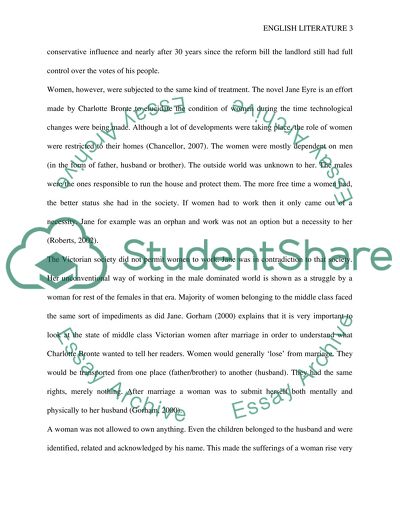Cite this document
(“Compare and contrast the Representations of Femininity in 'Jane Eyre' Essay”, n.d.)
Retrieved from https://studentshare.org/literature/1494366-compare-and-contrast-the-representations-of
Retrieved from https://studentshare.org/literature/1494366-compare-and-contrast-the-representations-of
(Compare and Contrast the Representations of Femininity in 'Jane Eyre' Essay)
https://studentshare.org/literature/1494366-compare-and-contrast-the-representations-of.
https://studentshare.org/literature/1494366-compare-and-contrast-the-representations-of.
“Compare and Contrast the Representations of Femininity in 'Jane Eyre' Essay”, n.d. https://studentshare.org/literature/1494366-compare-and-contrast-the-representations-of.


